
Table of Contents:
1. Introduction (A Quest Begins)
2. Return to England
2.1 A Floral Sensation: The Chelsea Flower Show
2.2 Media Attention
3. Canadian Horticultural Pioneers
4. Cultivating Success
4.1 Its Enigmatic Allure
5. Artistic Interpretations
6. Its Symbolic Nature
6.1 Genetic Lineage
6.2 DNA Evidence
7. The Role of Community in Conservation
7.1 Ecosystem Interconnectedness
7.2 A Legacy of Hope
8.0 Conclusion
1. Introduction (A Quest Begins):
Frank Kingdon-Ward’s Himalayan Adventure In the year 1924, a courageous British botanist named Frank Kingdon-Ward embarked on an exhilarating journey that would change the botanical narrative for generations to come. Embodying the spirit of adventure that characterized his era, Kingdon-Ward was akin to an Indiana Jones figure, driven by curiosity and a thirst for discovery.

His goal was nothing less than to find the elusive Tibetan blue poppy, a flower that had captured the imaginations of horticulturists while simultaneously facing grave threats to its survival due to excessive harvesting practices by those in pursuit of its medicinal properties. The journey to the remote Himalayan highlands was fraught with challenges. Kingdon-Ward navigated treacherous mountain terrains, dense forests, and altitudes that tested his endurance and courage. His explorations brought him to the majestic Tsangpo Gorge in Tibet, renowned as one of the deepest and most formidable gorges on Earth. Over the course of a year, he trudged through varied environments, encountering not only breathtaking landscapes but also the numerous hurdles intrinsic to a quest of such magnitude. Ultimately, after persistent effort, Kingdon-Ward stumbled upon a dazzling spectacle of translucent, sky-blue blooms flourishing at staggering heights exceeding 10,000 feet above sea level.

The sight was nothing less than a botanical miracle, a collection of flowers that seemed to whisper secrets of the natural world. In a stroke of audacity reminiscent of swashbuckling film heroes, he fashioned a cable from twisted bamboo and swung precariously across the gorge, risking everything to gather samples of the majestic flower.
Contact us today for your free estimate.
2. Return to England:

Upon his triumphant return to England, the world was introduced to the stunning beauty of the blue poppy. The flower quickly enchanted the hearts of gardening enthusiasts, researchers, and the general public alike. Kingdon-Ward's groundbreaking efforts ignited interest in rare flora, paving the way for greater appreciation of the world’s botanical diversity.
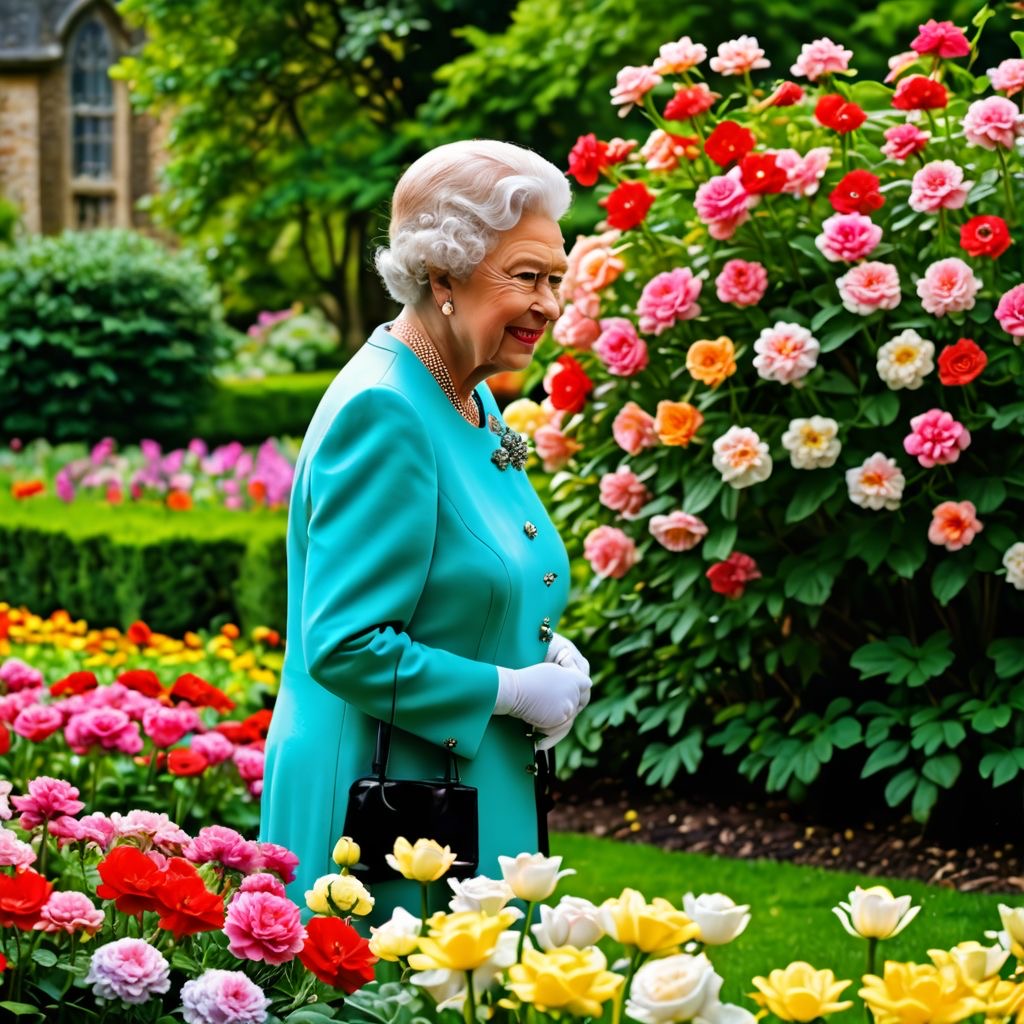
2.1 A Floral Sensation: The Chelsea Flower Show: The major moment of public fascination arrived in 1926, when the beautiful poppy made an exquisite debut at the esteemed Chelsea Flower Show in London. (known, amongst other things, for its renowned and beautiful rose garden displays). The exhibition showcased an astonishing array of plants, but the Tibetan blue poppy, with its extraordinary and surreal shades of blue, was the indisputable star of the event. Gardeners and aficionados alike found their attention captivated, offering a diverse landscape of colors set against the backdrop of the vibrant show. The media frenzy that followed its unveiling propelled this species of poppy into the collective consciousness of the gardening community.
2.2 Media Attention:
Articles in newspapers, magazines, and garden journals highlighted its ethereal beauty, demanding the attention of horticulturists everywhere. Suddenly, an atmosphere of excitement enveloped greenhouses and garden clubs as collectors vied for the seeds of this extraordinary flower, eager to witness its magic bloom in their own plots of land.
3. Canadian Horticultural Pioneers:

Among those mesmerized by the poppy were two remarkable Canadian women—Jennie Butchart and Elsie Reford—each of whom would play a pivotal role in the saga of this captivating plant. Their shared passion for horticulture fueled their determination to cultivate this rare beauty and secure its survival against the uncertainties of the future.
The Canadian Horticultural Pioneers: Butchart and Reford Jennie Butchart, a gifted gardener and visionary based on Vancouver Island, expertly transformed an unremarkable limestone quarry into the enchanting Butchart Gardens, a haven filled with colorful flora and stunning landscapes. Possessing a keen eye for beauty and innovation, she recognized the astonishing potential of the flower. Driven by her fascination, she took the initiative to acquire seeds from the esteemed Royal Botanic Garden in Edinburgh, marking her as one of the first gardeners in Canada to embrace this extraordinary bloom.
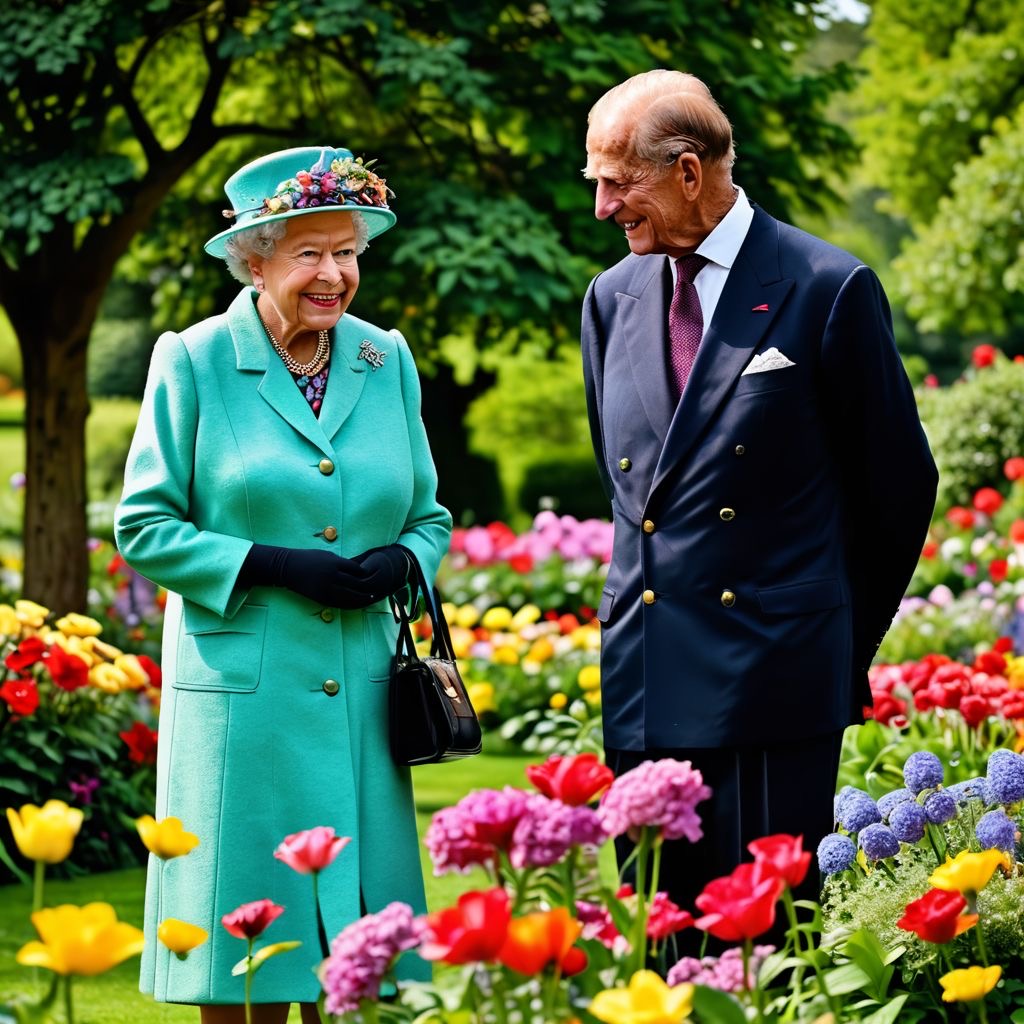
Far across the Canadian expanse, in the region of Gaspé, Quebec, Elsie Reford mirrored Butchart's indomitable spirit. As a driving force behind the magnificent Les Jardins de Métis, her dedication to innovative gardening was unmatched. Her efforts to create a natural paradise inspired visitors from near and far, and she too sought the elusive seeds, driven by the dream of nurturing this floral wonder. Though separated by hundreds of miles and situated in environments marked by distinct climatic differences, Butchart and Reford shared a common ambition: to cultivate the stunningly beautiful flower. “Here they were, two resolute, self-taught gardeners working on opposite sides of the country,” remarks Alexander Reford, Elsie’s great-grandson and the current director of Les Jardins de Métis. The profound passion that informed both women’s endeavors showcased the unifying power of horticulture, bridging vast distances. Despite facing diverse challenges imposed by their respective environments—Butchart’s coastal temperate ecosystem versus Reford’s often rugged, unpredictable climate—both women persevered, demonstrating the remarkable resilience required to cultivate this demanding plant. Their success stories shine brightly within the tapestry of Canadian gardening history.
4. Cultivating Success:
The Triumph of Two Gardeners In the heart of Butchart Gardens, Jennie Butchart meticulously curated an array of plants that harmonized with the unique environment of Vancouver Island, each bloom reflecting her careful touch and commitment to sustainability.
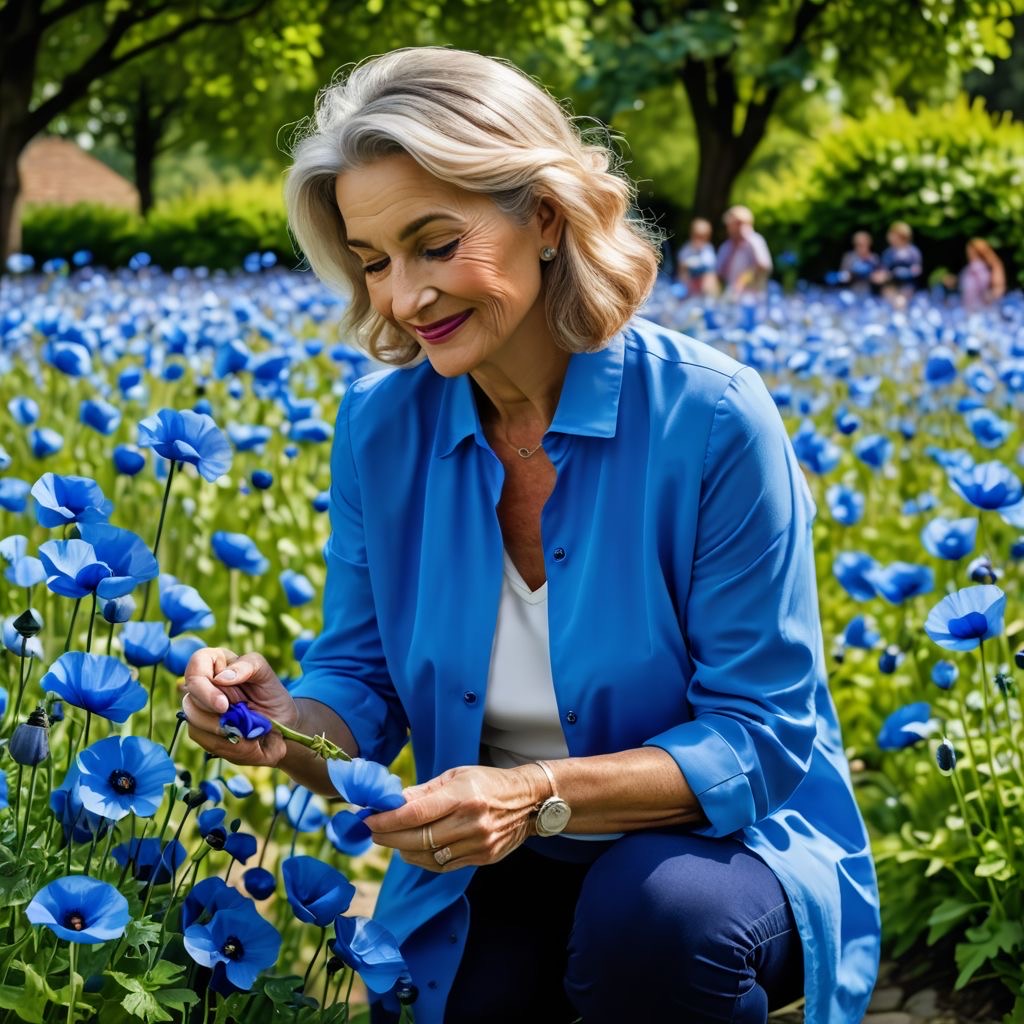
This poppy took its place among other notable flora, blooming vibrantly and attracting admiration from visitors who wandered through the garden's picturesque paths. Simultaneously, Elsie Reford worked diligently at Les Jardins de Métis, where a dynamic climate provided unique challenges.
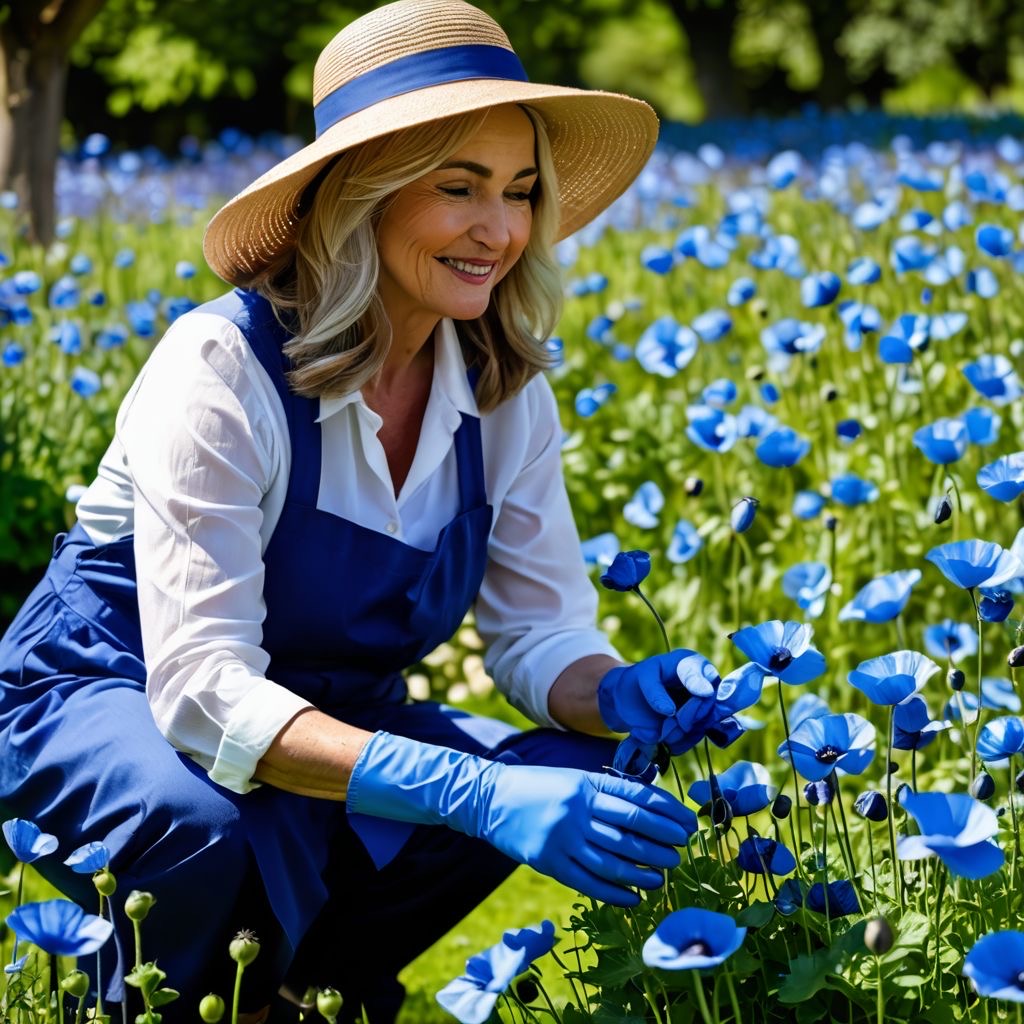
However, driven by understanding and innovation, Reford successfully cultivated her own blue poppy, nurturing it with the utmost care. Visitors to her gardens were similarly spellbound by the sight of the striking blooms, now thriving in both regions. Importantly, each of these women went beyond growing the poppy for their own enjoyment. They recognized the importance of sharing the seeds and knowledge acquired through experimentation.
They became stewards of the blue poppy, facilitating a legacy that would enable other gardeners to join in this floral journey. Harvesting seeds from their plants, Butchart and Reford ensured that the poppy would flourish throughout Canada, allowing others to revel in its extraordinary beauty.
Contact us today for your free estimate.
4.1 It's Enigmatic Allure:
The Tibetan blue poppy holds a magnetic pull for gardeners worldwide, symbolizing both a coveted challenge and an esteemed trophy reflecting skill and dedication. Delphene Gardner, archivist at Butchart Gardens, has observed firsthand how deeply rooted the love for this flower is within the gardening community. “People adore this stunning flower. Many find themselves unable to grow it, so encountering it in magnificent abundance instills a sense of awe. I’ve personally tried to cultivate it across multiple settings in my garden and have yet to succeed,” she admits, her frustration echoing the sentiments of many keen enthusiasts. The flower's specific growing requirements contribute to its allure. It thrives under very particular conditions—preferentially cool, dry summers and cold, arid winters. Moreover, it flourishes in shaded locales with well-drained soil, free from humidity and wind. The complexities of recreating such an ideal environment make it both a prized specimen and a symbol of the dedication that plant enthusiasts embody. Gardeners often find themselves pondering what makes this specimen so extraordinary. It is a question laden with answers that vary widely among individuals. “For me, its enchanting color is captivating—not just one shade but rather a rich symphony of many blues,” reflects Glass on her admiration for the flower. The common experience of being awestruck by its beauty creates a sense of camaraderie within the gardening community, drawing enthusiasts together in appreciation of a shared passion.
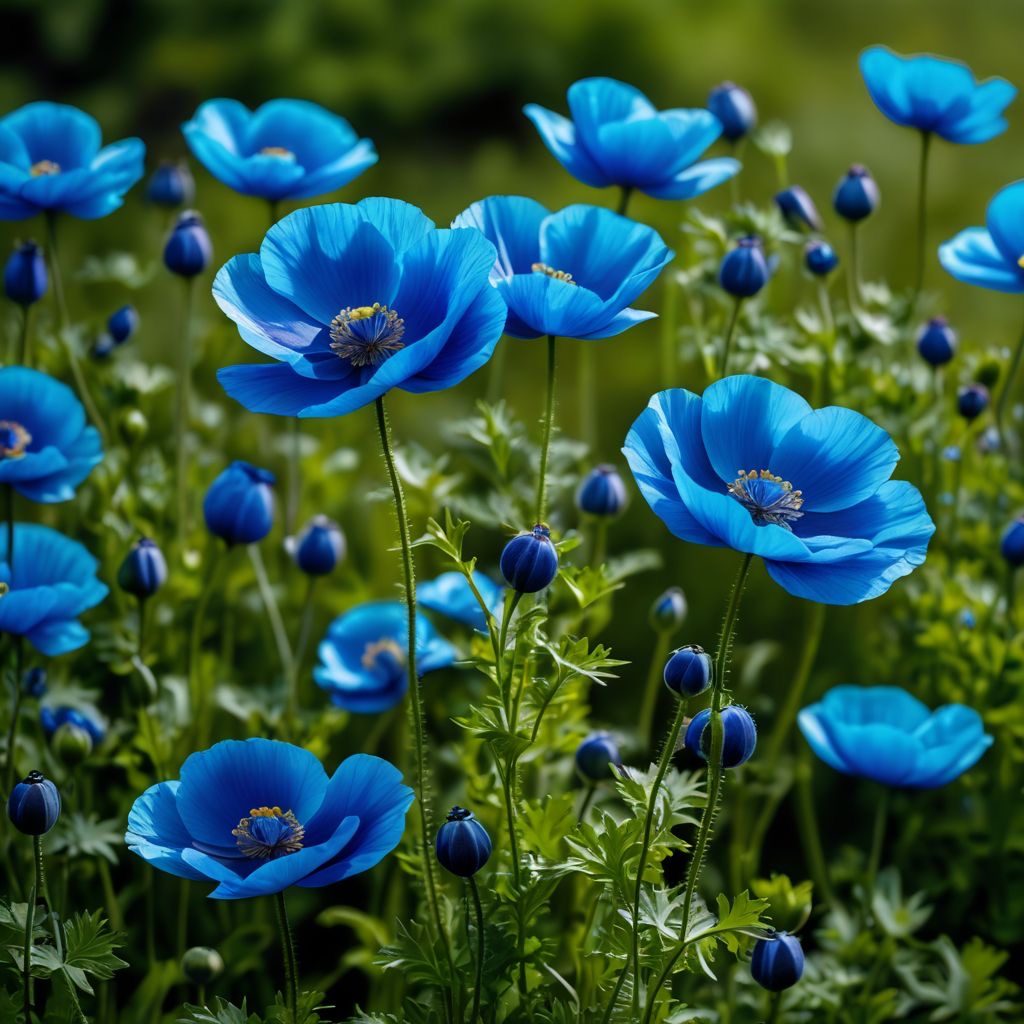
5. Artistic Interpretations:
A Modern-Day Tribute As this story of the Tibetan blue poppy weaves through the tapestry of history, it finds resonance in contemporary art. In recent years, the Toronto-based artist TM Glass has embarked on a compelling project celebrating the flower through her artistic lens. Glass has passionately devoted time to hand-painting it at various growth stages, producing vibrant works intended for an exhibition titled "Saving the Blue Poppy From Extinction: A Centennial Celebration," “My intent for this exhibition is not solely to shine a spotlight on this exquisite and endangered flower,” explains Glass, "but also to honor all the individuals and communities around the world who have united over the years to safeguard its survival.” In her creative endeavors, Glass merges her passion for artistry with her love for gardening, drawing attention to the importance of nurturing our planet’s treasures.
Yet, despite her dedication as a gardener, Glass has faced her own challenges when it comes to cultivating the poppy in Toronto’s humid climate. “The environment simply doesn’t lend itself well to this plant,” she acknowledges, echoing feelings expressed by other gardeners who face similar difficulties. Conditions are crucial when nurturing such delicate specimens. In most parts of Canada, the flower typically blooms from mid-June to late July, but encountering this flower in full bloom remains a privilege reserved for a few. To many, experiencing its splendor firsthand is tantamount to witnessing a miracle. “Everyone has different perceptions of what makes the flower significant. For me, its color is invariably mesmerizing—I see a medley of about twenty shades of blue woven into its petals,” Glass shares, her eyes lighting up with excitement as she describes the remarkable flower.
6. Its Symbolic Nature:

The beauty of the plant extends far beyond its aesthetic qualities. In Tibetan Buddhism, it is revered as a symbol representing the unattainable—akin to a spiritual journey requiring unwavering dedication and perseverance. Alexander Reford expresses that this metaphor remains relevant today, especially given that the plant currently faces new threats in the modern era. Despite the struggles encountered in safeguarding the species, there is a Canadian silver lining to be found.
6.1 Genetic Lineage:
Both Elsie Reford and Jennie Butchart sourced their seeds over a century ago, likely tracing back to Kingdon-Ward's original batch. Remarkably, the continuity of this genetic lineage may provide hope for future conservation efforts.
6.2 DNA Evidence:
“We possess DNA evidence supporting that our poppies are directly descended from those early specimens,” Alexander observes. Such verification carries immense significance. In the event of a catastrophic climate crisis in the poppy’s native habitat, the seeds cultivated by Butchart and Reford may serve as a living bank. This living seed bank presents a vital opportunity to share this beautiful flower across distances, thus ensuring its survival in the face of adversity—a testament to both foresight and mutual commitment.
Contact us today for your free estimate.
7. The Role of Community in Conservation:
As diverse communities rally around preserving the plant, the collective effort to promote eco freindly practices grows ever more critical. Gardening clubs, botanical societies, and conservation organizations have united conditions to disseminate knowledge about the flower while advocating for practices designed to protect it against the threats posed by habitat loss and unsustainable harvesting.
7.1 Ecosystem Interconnectedness:
The story of the Tibetan blue poppy offers a poignant reminder of the interconnectedness present throughout our ecosystems. It serves as a stark reminder that the fate of delicate florals relies not only on a select group of enthusiastic individuals but also on the committed undertakings of communities dedicated to conservation and a healthier planet. Indeed, gardeners and conservationists have banded together in an ongoing mission to nurture and protect our planet’s rich biodiversity. Those passionate about the blue poppy recognize the value of collaboration, creating a cooperative environment where knowledge and experience are freely exchanged. Initiatives often involve educational programs aimed at raising awareness of the flower's unique qualities, its ecology, and the ongoing challenges posed to its survival.
Learn more about flowers and plants with medicinal properties.
7.2 A Legacy of Hope:
A Legacy of Hope: Ensuring the Blue Poppy’s Future In reflecting on the remarkable journey of the Tibetan blue poppy, we observe how threads of dedication, artistry, and exploration weave a rich tapestry of human experience. From the bold explorations of Frank Kingdon-Ward to the devoted gardening endeavors of Butchart and Reford, each story contributes to the overarching legacy of the blue poppy. As the world continues to evolve, new generations are inspired by this floral marvel, renewing their commitment to horticulture and conservation. In an age marked by heightened awareness of environmental considerations, individuals such as TM Glass are propelled by a shared conviction to advocate for change while creatively capturing the blue poppy's ephemeral magic. This timeless flower, with its captivating azure hues, has the power to foster connections among individuals from diverse backgrounds, united in their appreciation for the intricacies of nature and their commitment to ensuring its preservation. The ongoing journey of the blue poppy invites all to participate—whether through gardening, art, or community engagement—encouraging a collective awakening to the beauty and fragility of our natural world.
Contact us today for your free estimate.
8.0 Conclusion:
A Flower’s Enduring Legacy The saga of the Tibetan blue poppy is emblematic of resilience, innovation, and the unyielding dedication exhibited by the humans who seek to honor and protect it. As we embrace modern technology and artistic expression, advocates such as TM Glass serve as important reminders that the allure of the blue poppy and its legacy are ongoing—its story still unfolding and its beauty inspiring awe across generations. With every bloom, the blue poppy continues to resonate—a reminder of the interconnectedness of life and the imperative that we, as stewards of this planet, take action to protect and nurture our shared environment. Its extraordinary beauty, coupled with the commitment of those devoted to its survival, will undoubtedly ensure that the Tibetan blue poppy remains a cherished symbol of hope, resilience, and the enduring power of nature for future generations. In essence, the narrative surrounding the Tibetan blue poppy transcends a simple tale of botany; it encapsulates a century-long journey filled with adventure, commitment, and a global reckoning regarding our relationship with nature. As we forge ahead, we honor the pioneers who have laid the groundwork for conservation—a legacy that compels us to ensure that this stunning flower continues to blossom, inspiring future caretakers of the Earth to join in the vital work of preservation.
Contact us today for your free estimate.
Don't miss out! Click here to subscribe today and get the latest blog posts delivered straight to your inbox.



